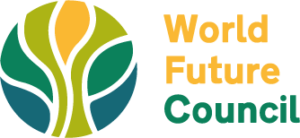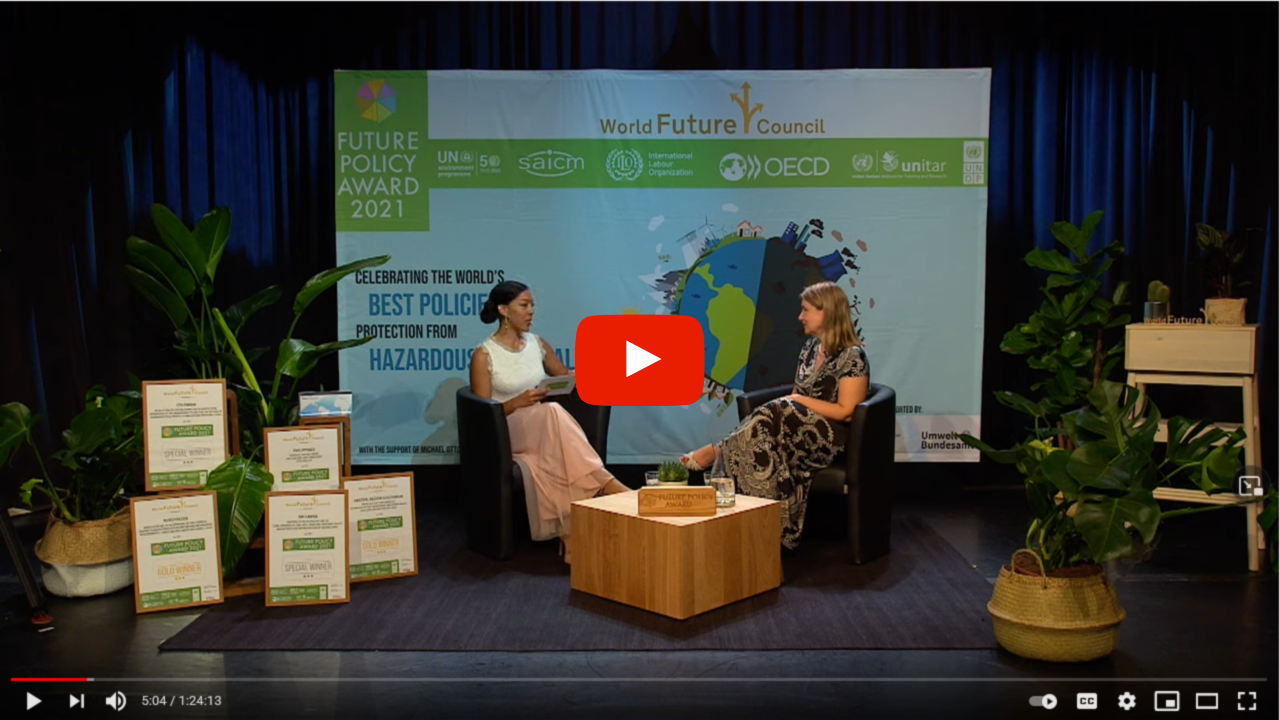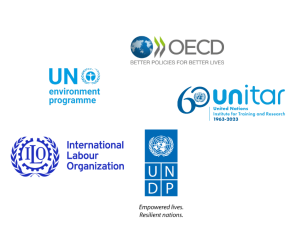Protecting people and the environment from hazardous chemicals
We face a dramatic number of deaths and illnesses from hazardous chemicals as well as air, water and soil pollution and contamination. This is impacting present and future generations as well as our environment. It is therefore absolutely critical that we strengthen the sound management of chemicals and waste – through inclusive, effective, inspiring and innovative laws and policies. More ambitious worldwide action by all stakeholders is urgently required. This is why in 2021, the Future Policy Award was dedicated to the most effective policy solutions that minimise the adverse effects of exposure to chemicals on human health, with a focus on children’s health, and the environment. The Award highlighted that solutions do exist; solutions that are ambitious and impactful
On 6th of July 2021, we celebrated the winners of this year’s Future Policy Award! You can watch the recording on our YouTube Channel.
Most recently, on World Environment Day 2022, we launched our new report “A Healthy Planet for Healthy Children” together with UNITAR, which provides key facts on how hazardous chemicals affect children’s health, inspires with award-winning policies and highlights the most critical policy recommendations for a toxic-free future.
The Future Policy Award winning policies were presented at numerous stakeholder conferences as well as at a number of self-organised online events that were specifically targeted to decisionmakers: On World Food Day 2021 we presented policies for sustainable & healthy agri-food systems, during the 1st Global Sustainable Chemistry Week we discussed success factors of chemical policymaking on the example of lead in paint, on World Health Day 2022 we focused on key elements of toxic-free public procurement and in the lead up to Stockholm+50 our online conference focused on children’s health and success factors for a future without toxics.












